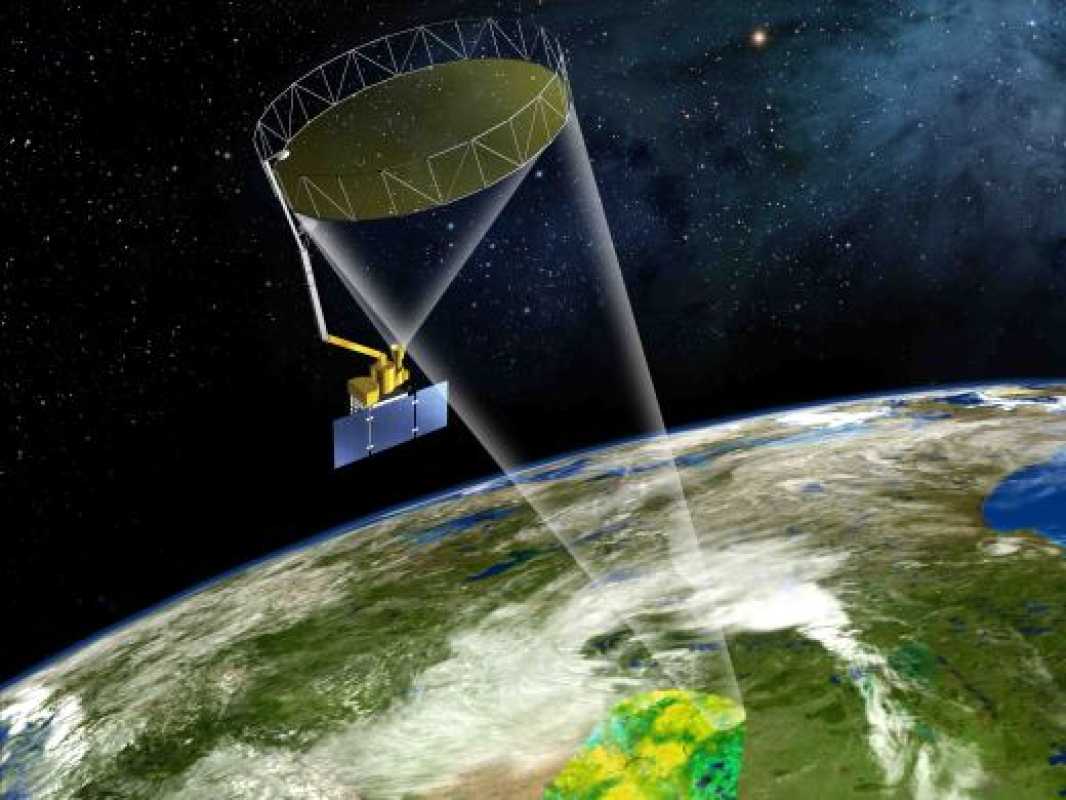Tech
Groundbreaking Radar Technology to Enhance Planetary Observation and Spaceflight Safety

In a recent development unveiled at the American Association for the Advancement of Science (AAAS) conference in Denver, Colorado, scholars from the Green Bank Observatory showcased the potential of groundbreaking radar technology in enhancing our ability to observe planetary systems and ensure safety in spaceflights. According to insights from the National Academies and their 2023-2032 Planetary Science and Astrobiology Decadal Survey, it’s highlighted that ground-based astronomical radar systems will have a critical role in protecting Earth from catastrophic asteroid and comet impacts.
Currently, the main system dedicated to these efforts is the NASA’s Goldstone Solar System Radar, which operates within the Deep Space Network (DSN). However, an innovative instrument concept from the National Radio Astronomy Observatory (NRAO) called the next generation RADAR (ngRADAR) system is set to expand these capabilities. NGRADAR will utilize the National Science Foundation’s Green Bank Telescope (GBT) and other existing and forthcoming facilities to elevate our ability to observe the solar system.
Tony Beasley, the director of NRAO, expressed optimism about the promising applications of this radar technology in advancing our understanding of the cosmos and fortifying the safety of future space missions, both robotic and crewed. Patrick Taylor, a scientist at NRAO and the project director for ngRADAR, highlighted a recent breakthrough in asteroid trajectory alteration testing, marking a significant step forward in humanity’s ability to manage potential dangers posed by celestial objects.
The GBT, known as the world’s largest fully steerable radio telescope, offers exceptional maneuverability, enabling it to observe a substantial portion of the celestial sphere swiftly. With supporting initiatives from Raytheon Technologies, ngRADAR has conducted pilot tests on the GBT, garnering outstanding results with a low-power transmitter, offering higher resolution imaging than ever before achievable from Earth.
Experts in the field, such as Edgard G. Rivera-Valentín from Johns Hopkins Applied Physics Laboratory and Marina Brozović from NASA’s Jet Propulsion Laboratory underscored the transformational potential of next-generation radar systems. They pointed out that innovations like ngRADAR on the GBT could significantly boost output power, waveform bandwidth, and imaging resolutions. This advancement stands to create scalable and more robust systems by employing telescope arrays to reinforce signal collection.
Brian Kent, a scientist at NRAO who handles science communications, emphasized how future technological facilities like the Very Long Baseline Array can complement radar signal reception and position NRAO as a leading force in planetary science.












